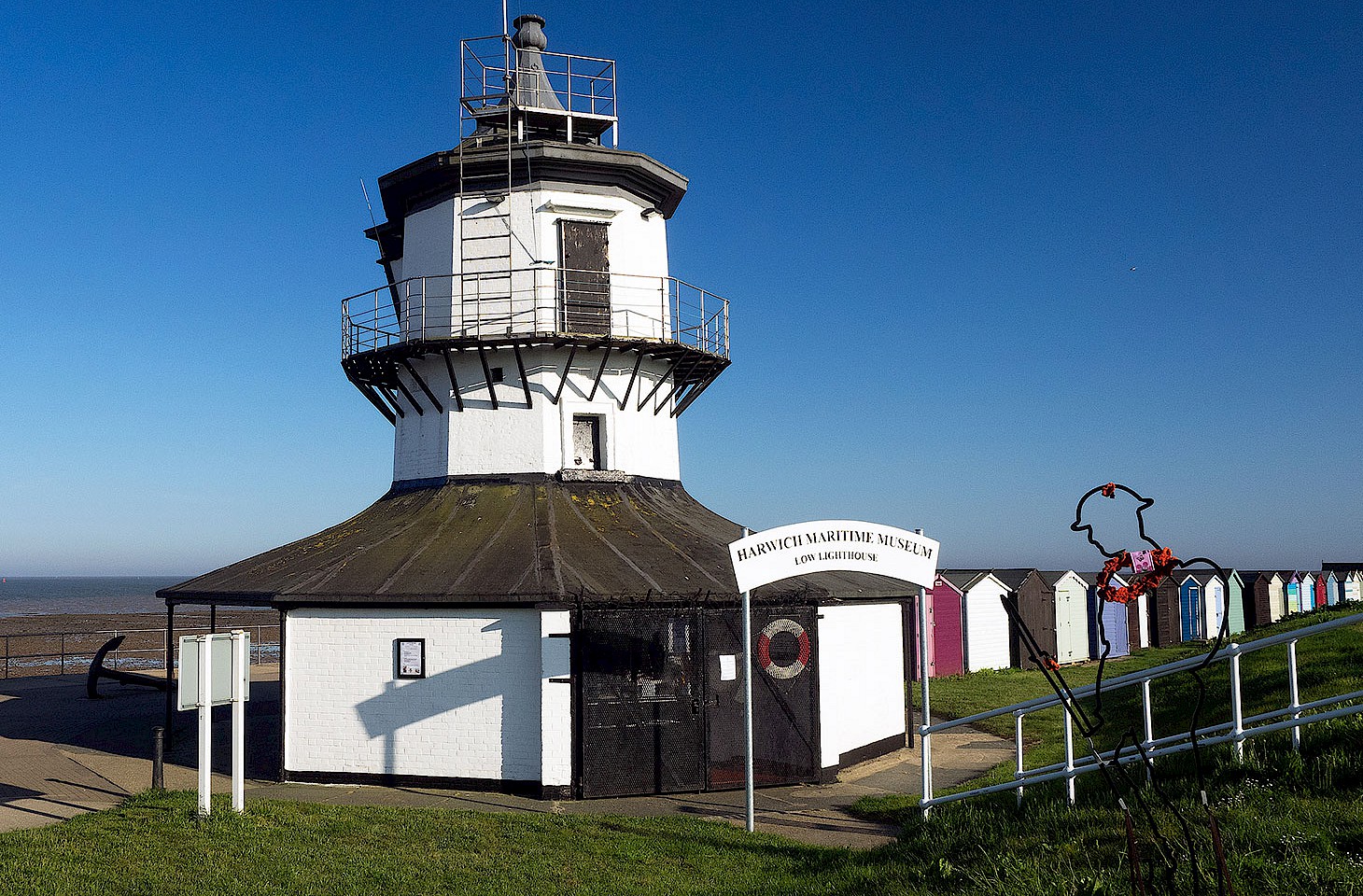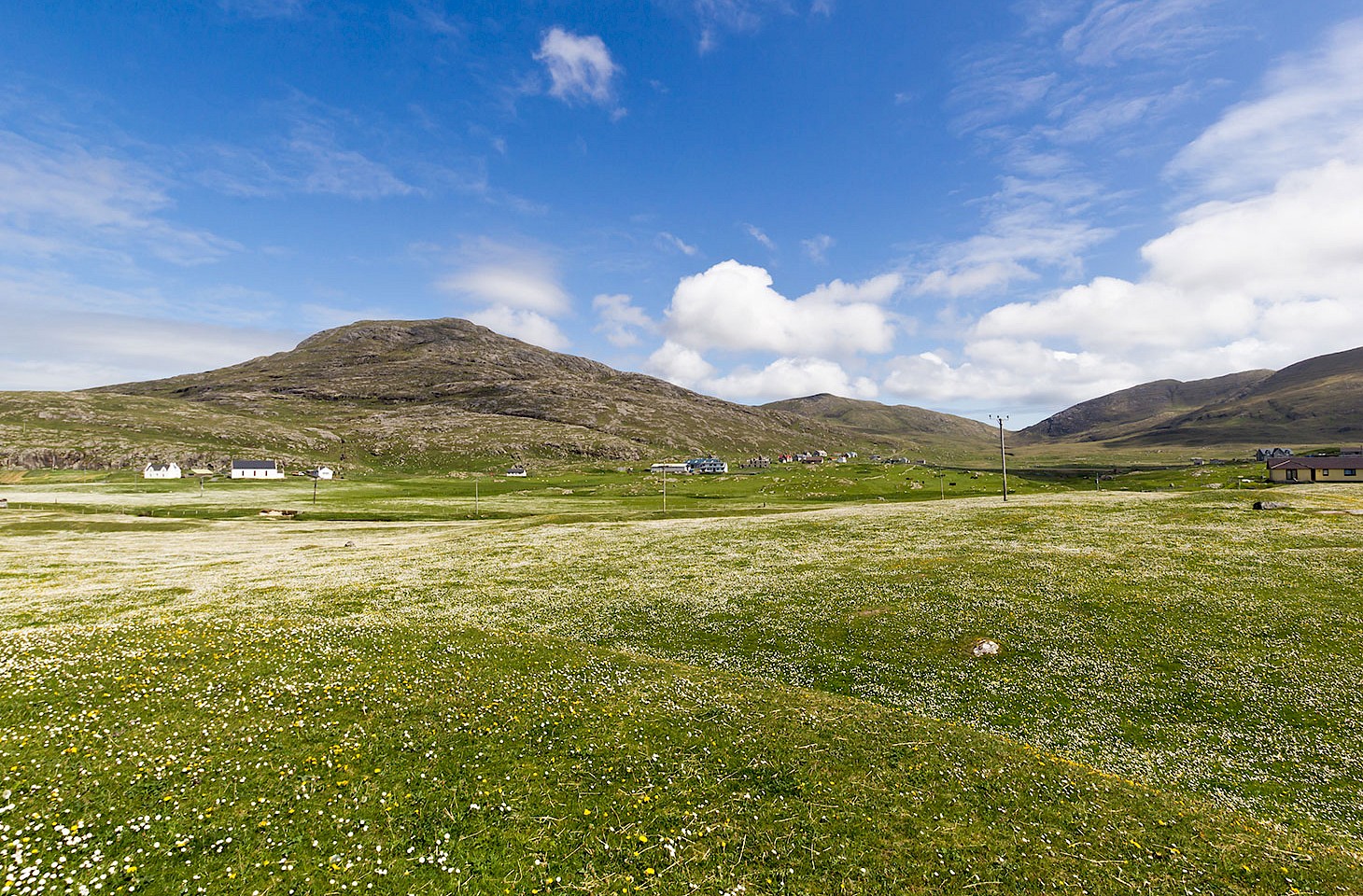The year 1968 was marked by revolutions where conventions were overturned and new ways of looking at the world were all the vogue. Travel publishing was an unlikely beneficiary of the social changes of that time. In 1968, the range of guidebooks available in British bookshops, for example, had barely altered in three generations.
Ward Lock’s dainty red guides were still going strong, their meticulous but humourless style hardly changed since Ebenezer Ward and George Lock published their first guide book in the 1880s. Red was the colour of choice for guidebooks following a trend set in the 19th century by Karl Baedeker and John Murray.
Murray’s red handbooks had morphed into Blue Guides in 1918 which, in a striking display of cross-Channel amity, were co-published in France as the Guide Bleu series. For a certain kind of well-read Englishman, the Blue Guide was in 1968 still the erudite vade mecum for a summer sojourn on the continent. And we suspect the Guide Bleu readers were not the ones manning the barricades in Paris.
All in all, the guidebook industry — not just in Britain — was full of bourgeois complacency and, as Nicholas T Parsons ably documents in his excellent book Worth the Detour: A History of the Guidebook , it’s no surprise that the entire genre attracted its fair share of brickbats and sound scholarly criticism.
But change was afoot. A new wanderlust inspired a more questioning generation of post-68 travellers and explorers. Many of them were young, penniless and less mindful of authority than those who dominated traditional travel publishing. Hilary and George Bradt co-authored the first-ever Bradt Guide on a barge on the Amazon. It was published in 1974, so launching a company which has utterly transformed the Englishlanguage guidebook industry.




